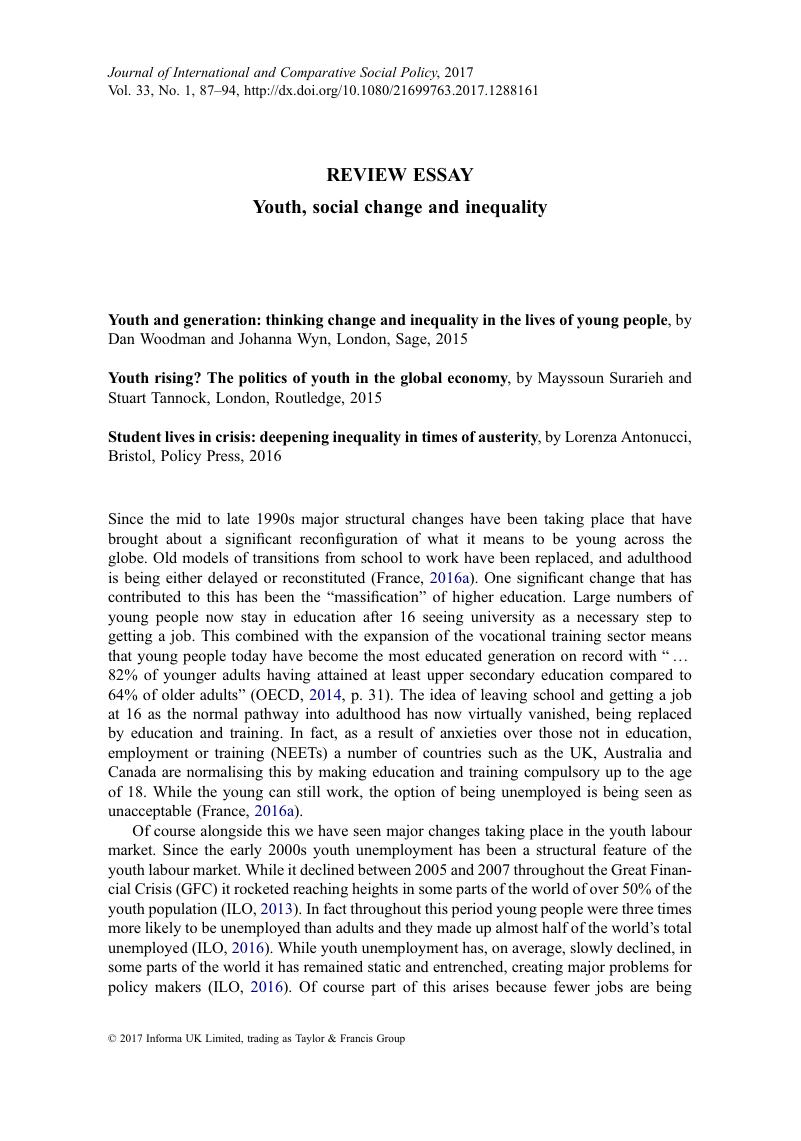Crossref Citations
This article has been cited by the following publications. This list is generated based on data provided by Crossref.
France, Alan
and
Roberts, Steven
2017.
Youth and Social Class.
p.
135.





